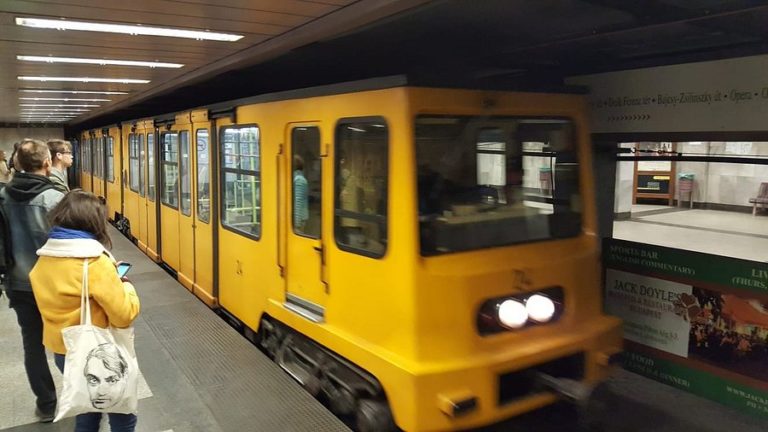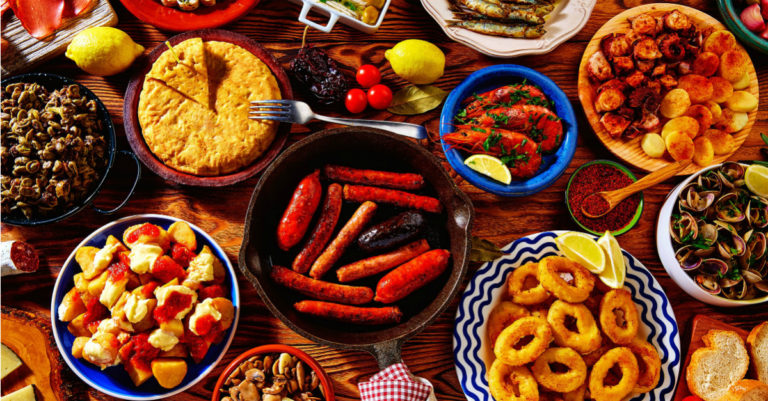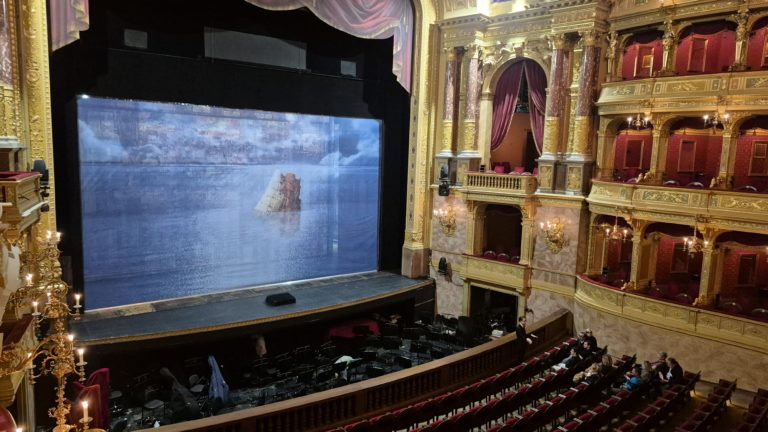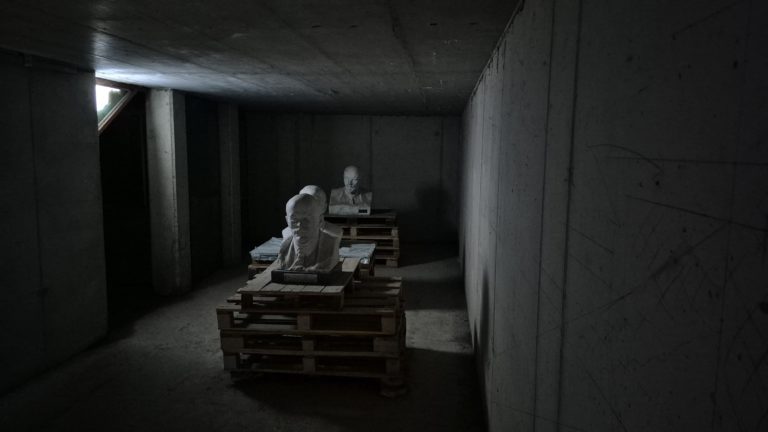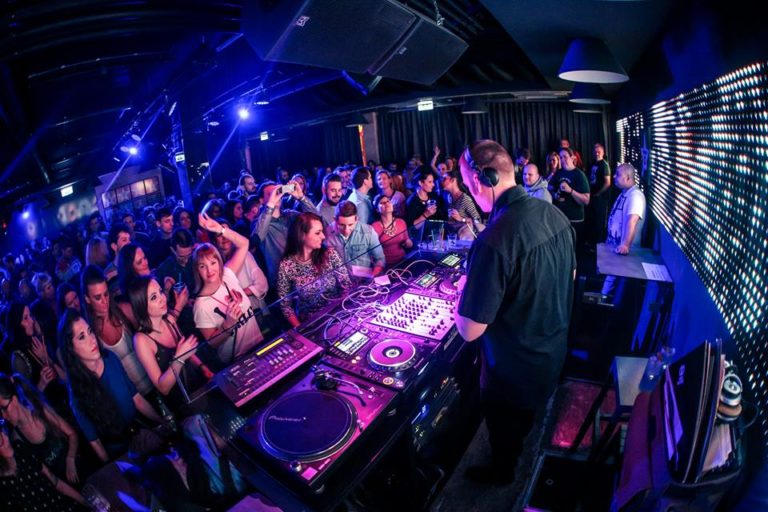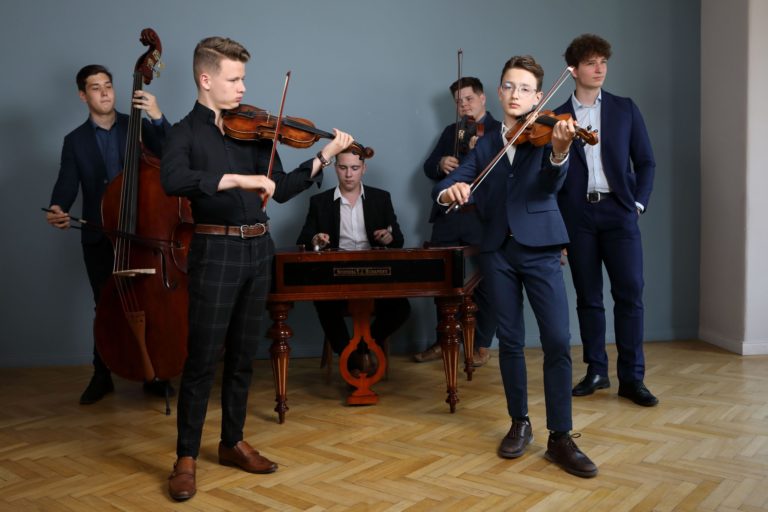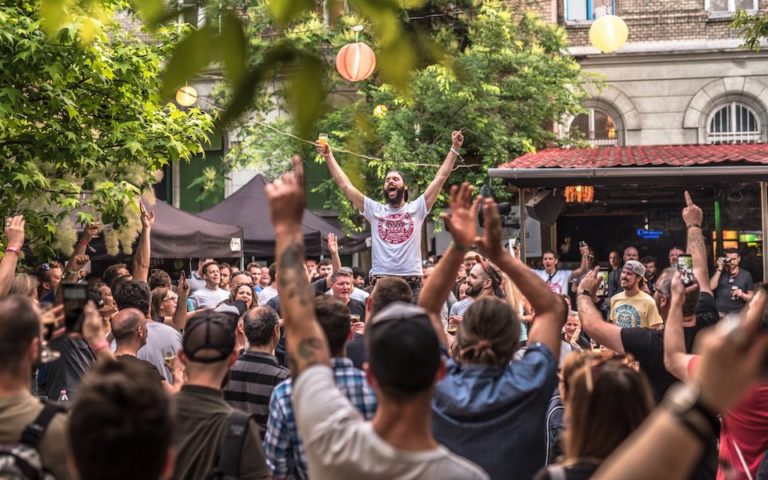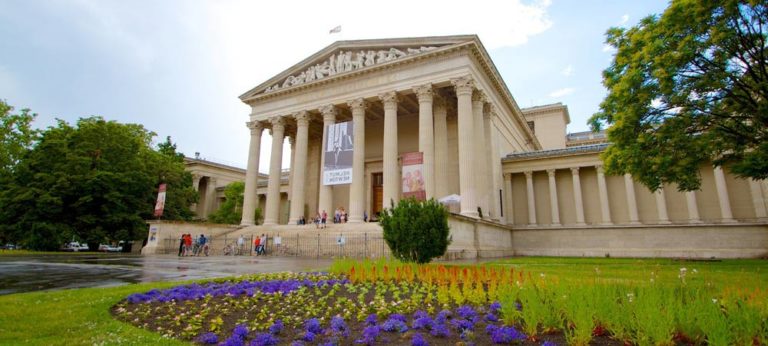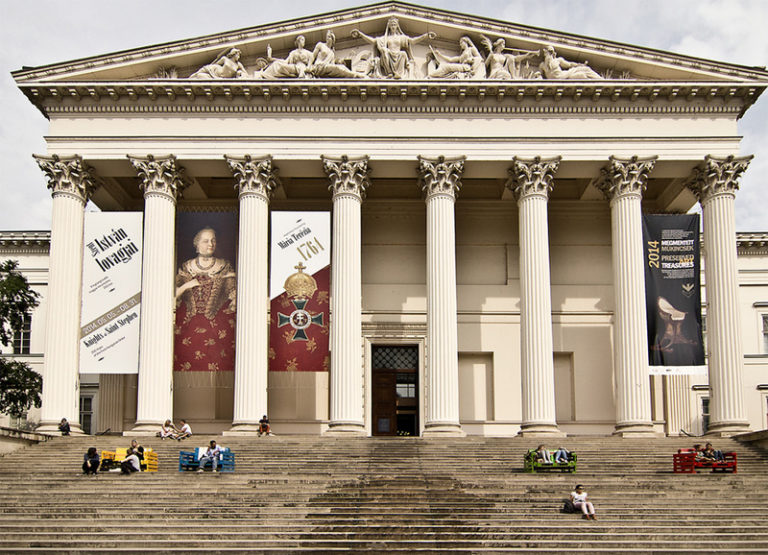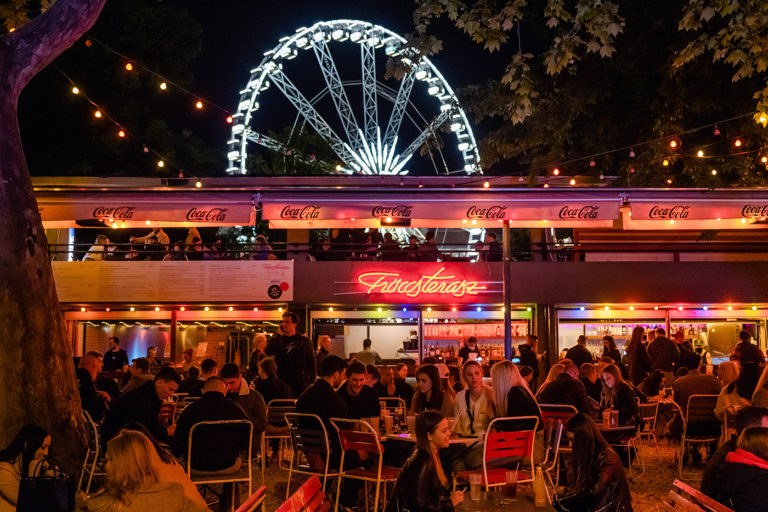The Millennium Underground line, known in Hungarian as ‘Kisföldalatti’ (literally ‘the little underground’), represents a major milestone in the history of urban transport not only in Hungary, but in Europe as a whole. Inaugurated on 2 May 1896, in commemoration of the 1,000th anniversary of the arrival of the Magyars in the Carpathian Basin, this line became the first electric metro on the European continent, surpassing similar systems in cities such as Paris (1900) and Berlin (1902).Built in record time and with a clear forward-looking vision, the Millennium Underground was not only a technical achievement, but also a statement of modernity by Budapest, which at the time was part of the burgeoning Austro-Hungarian Empire. The line was designed to improve the connection between the city centre and the City Park (Városliget), facilitating access to the millennium celebrations and the exhibition grounds.Unlike later subways, this line was built just below Andrássy…
When you move to Budapest from Spain, there are a lot of things that strike you: the language, the cold, the public transport, the people… But there is an exact moment when you know that you are no longer at home: the moment when you stand in front of a supermarket shelf looking for chorizo… and you realise that everything is in Hungarian, and nothing is like what you know.Eating like a Spaniard in Budapest is not impossible, but it is an art. Between ingredients that don’t exist, others that are similar (but not the same), and prices that make you wonder if you really need Serrano ham, you learn to improvise. And to value much more the aioli from a jar or a simple loaf of crusty bread.This article is an honest and useful guide for those who want to keep a little taste of home without losing their…
When I thought of visiting the Budapest Opera, I didn’t expect much. I am not an opera buff, nor did I know much about Hungarian musical history. I only knew that the building was beautiful on the outside and that, for the price of a museum ticket, I could peek inside one of the most famous theatres in Central Europe. What I didn’t know was that this visit – short, guided, without a full performance – would end up teaching me more about Budapest’s cultural history than any monument in the city. The first impression: the fachade on Andrássy Avenue Located on the majestic Andrássy Avenue, the Hungarian State Opera presents itself with a neo-Renaissance façade that commands respect. As I approached, I was impressed by the elegance of its architectural details: sculptures of famous composers, such as Franz Liszt and Ferenc Erkel, guard the entrance, inviting visitors on a…
Memento Park, located on the outskirts of Budapest, is a space dedicated to preserving statues and symbols of Hungary’s communist period. Far from being a traditional park, this place offers a direct look at the country’s recent past, through monuments that once occupied public spaces during the socialist regime. Visiting it is a unique experience: a tour among sculptures of leaders, soldiers and workers that, beyond their artistic value, represent a key period in Hungarian history. The first impact As soon as you arrive at the park, you don’t find an ostentatious entrance like that of the Museum of Fine Arts or the Hungarian National Museum, but a brick wall that already conveys a sense of serenity. Right at the entrance, as if waiting for us, are the statues of Karl Marx and Lenin.The three gates through which you enter the park already allow you to see some of the…
Budapest is not only noted for its stunning architecture and rich history on the banks of the Danube, but also for a music scene that, far from being anecdotal, has become one of the city’s most dynamic cultural engines. Among the ruins of abandoned factories, the hidden cellars of Pest and the clubs floating on the river, electronic music is thriving, shaping a sonic identity of its own. In 2025, Budapest’s electronic scene continues to grow with surprising vitality. Driven by a unique blend of local innovation, openness to global influences and a strong community spirit, the city has established itself as a creative hotbed for independent DJs, producers and collectives pushing the boundaries of the genre. While perhaps not as internationally renowned as other electronic capitals such as Berlin or Barcelona, Budapest offers something different: a combination of rawness, excitement and authenticity that appeals to both curious music lovers…
Budapest is a cultural epicentre where folk music resonates as an echo of the past. This tradition, deeply rooted in the national identity, has evolved along with society, adapting to historical changes while preserving its unique essence. Below, we explore traditional instruments, musical styles, venues for live performances, representative artists and groups, the history and evolution of Hungarian folklore, and its influence on contemporary music. Traditional Instruments and Musical Styles Hungarian folk music is distinguished by its diversity of instruments, each with a specific role in creating its characteristic sound. Among the most emblematic are: These instruments give life to distinctive musical styles. The verbunkos, originating in the 18th century as a military conscription dance, combines slow and fast sections, reflecting the contrasting Hungarian character. The csárdás, another popular dance, alternates slow (lassú) and fast (friss) rhythms, creating a dynamic experience. Both styles use pentatonic scales and dactylic rhythms, unique…
Budapest Beer Week (BPBW) is Hungary’s leading international craft beer festival, an event that celebrates the passion, creativity and community behind craft brewing. Held annually in Budapest, this week-long festival attracts thousands of beer enthusiasts from around the world, offering a unique experience combining unlimited tastings, live music, street food and networking opportunities for industry professionals. For 2025, the festival is scheduled from 26 May to 1 June, promising a vibrant edition that cements Budapest as a key destination on the global beer map. History of Budapest Beer Week BPBW was established in 2018, at a time when the craft beer scene in Hungary was beginning to flourish. Since its inception, the festival has sought to promote both local and international breweries, providing a platform for producers to showcase their most innovative creations. In just a few years, BPBW has grown to become a landmark event, attracting approximately 5,000 visitors…
The Budapest Museum of Fine Arts (Szépművészeti Múzeum) is a cultural gem located in the iconic Heroes’ Square in the heart of the Hungarian capital. Founded in the early 20th century, this museum houses an extensive collection of more than 100,000 works spanning a broad spectrum of time, from Ancient Egyptian artefacts and classical sculptures to European paintings up to the 20th century. Thanks to the diversity and quality of its collection, it has established itself as one of the most important museums in Central Europe. The neoclassical building stands out both for its façade and its spacious interior rooms, which offer a quiet and well-organised environment in which to enjoy art in peace and quiet. Over the years, the museum has been able to adapt to the times, renovating its spaces and expanding its exhibition offer with temporary exhibitions that complement its permanent collection. Whether for academic interest, cultural…
The Hungarian National Museum, or Magyar Nemzeti Múzeum, stands as a key institution in the heart of Budapest, acting as the main repository of Hungarian history, art and archaeology. Its mission encompasses the presentation of the rich and complex history of Hungary and the Carpathian Basin from prehistoric times to the present day. Housed in an impressive neoclassical building, the museum not only houses a vast collection of artefacts, but also serves as a symbol of Hungarian national identity. The purpose of this article is to offer a detailed overview of this important museum, providing practical information for visitors and highlighting its profound cultural and historical significance. Practical Information for Visitors For those planning to explore the treasures housed in the Hungarian National Museum, practical information is essential to facilitate the visit. The exact address of the museum is Múzeum körút 14-16, 1088 Budapest, Hungary. Its central location in Budapest…
In Hungary, the act of drinking goes beyond the simple ingestion of alcohol: it is an expression of identity, a vehicle of hospitality and a tradition deeply rooted in everyday life. From family celebrations to informal conversations among friends, there is always a toast to be made and a story to be told. Traditional Hungarian spirits reflect centuries of history, terroir and creativity, and are an integral part of the country’s character. This liquid tour invites you to discover some of the most representative jewels of Hungarian culture: distillates with character, spirits with soul and wines with legend. More than a guide to what to drink, it is an invitation to understand how and why people drink in Hungary. Pálinka: The Distilled Fruity Essence of Hungary Pálinka occupies a place of honour at the heart of Hungarian culture and gastronomy, being considered a ‘Hungarikum’, a unique product of the country.…

